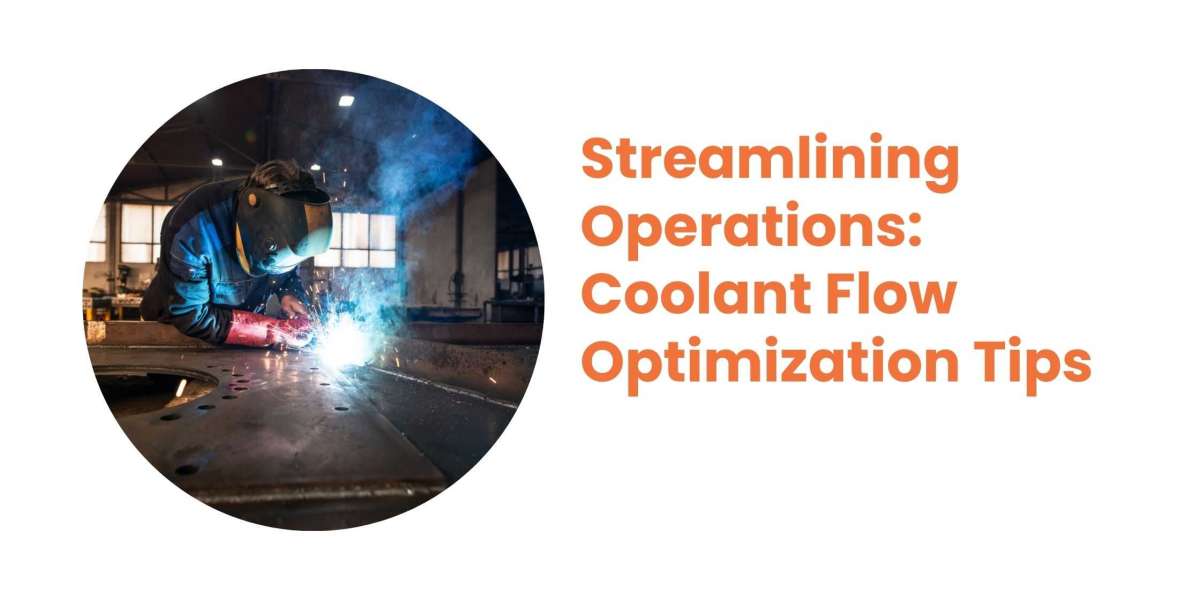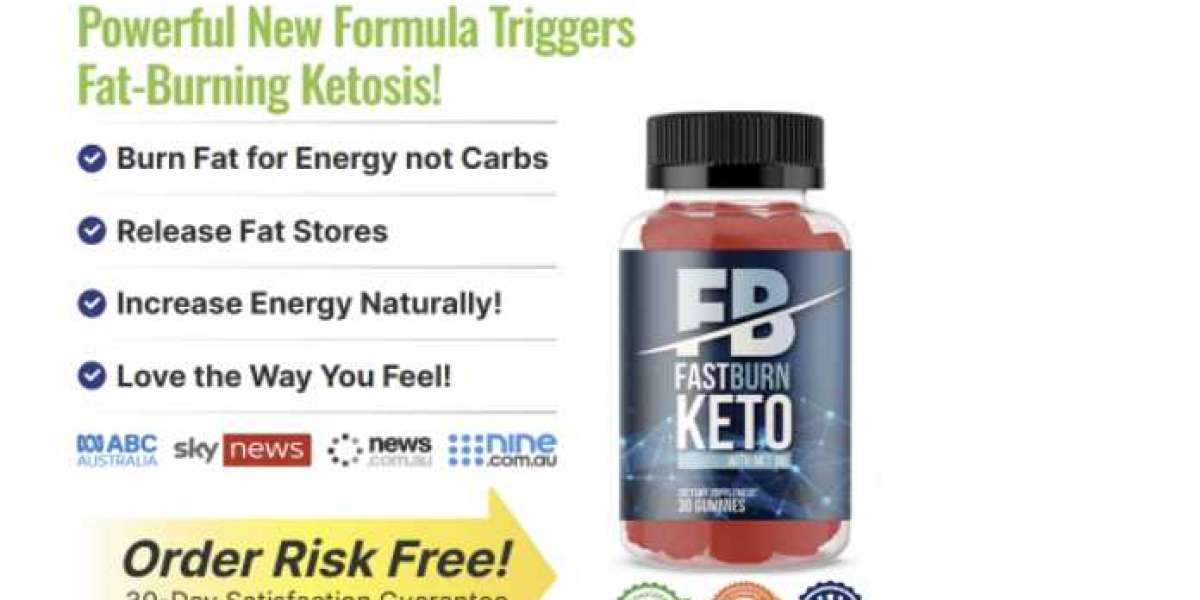In industrial settings, efficient coolant flow is crucial for maintaining optimal performance and prolonging the lifespan of machinery. Proper coolant flow management can result in significant cost savings and improved productivity in manufacturing, automotive, or other industries. This article will explore the importance of coolant flow optimization and provide practical tips to streamline operations.
Understanding Coolant Flow
Coolant flow refers to the movement of fluids such as water, oil, or specialized coolant solutions within machinery or equipment to regulate temperature and prevent overheating. Adequate coolant flow ensures that heat generated during operation is dissipated efficiently, avoiding damage to components and ensuring smooth operation.
Importance of Water Saver Valves
Water saver valves are crucial in optimizing coolant flow by regulating the volume and pressure of water or coolant solution supplied to the equipment. By controlling the flow rate, water-saver valves help minimize wastage and ensure the right amount of coolant is delivered to the target area, maximizing efficiency and reducing operating costs.
Tips for Coolant Flow Optimization
Regular Maintenance
Perform routine inspections and maintenance of coolant systems to check for leaks, blockages, or other issues affecting flow efficiency.
Proper Calibration
Proper calibration is essential for ensuring accuracy and reliability in measurement instruments and equipment. It involves adjusting and fine-tuning devices to match known standards or specifications, ensuring we provide precise and consistent results. Regular calibration helps maintain optimal performance, enhances measurement accuracy, and ensures compliance with quality standards and regulations.
Use High-Quality Coolant
Invest in high-quality solutions specifically formulated for your equipment and operating conditions to ensure optimal performance and longevity.
Monitor Flow Rates
Monitoring flow rates is essential for ensuring optimal performance and efficiency in industrial operations. By tracking the rate at which fluids move through systems, companies can identify deviations from expected levels, allowing for timely adjustments and preventive maintenance. This proactive approach helps minimize disruptions, prevent equipment damage, and maintain consistent production output.
Optimize System Design
Optimizing system design involves evaluating the layout and components of a system to minimize pressure drops, improve fluid flow efficiency, and reduce resistance. System performance can be enhanced by strategically designing piping layouts, selecting appropriate components, and minimizing obstructions, leading to increased efficiency and reduced energy consumption. Regular monitoring and adjustments are essential to maintaining optimal system design.
Conclusion
Efficient coolant flow is essential for optimizing industrial operations and minimizing costs. Companies can streamline operations, reduce water consumption, and improve overall efficiency by implementing the tips outlined in this article and investing in water saver valves and other flow control devices. Regular maintenance, proper calibration, and system optimization are crucial to achieving optimal coolant flow and maximizing the lifespan of machinery and equipment.
FAQs about Coolant Flow Optimization
- What are the common causes of coolant flow problems?
Common causes include clogged filters, worn-out pumps, improper valve settings, and inadequate maintenance.
- How can water saver valves help reduce water consumption?
Water saver valves regulate water flow, allowing for precise control and minimizing wastage, leading to significant water savings.
- What are the benefits of optimizing coolant flow?
Benefits include improved equipment performance, extended lifespan of machinery, reduced energy consumption, and lower operating costs.
- Can coolant flow optimization improve product quality?
Maintaining consistent coolant flow ensures optimal operating conditions, leading to better product quality and reduced defects.
- What are some signs of inefficient coolant flow?
Signs include overheating equipment, inconsistent product quality, increased energy consumption, and frequent breakdowns.
- Are there specific regulations regarding coolant flow in industrial settings?
Regulations may vary depending on the industry and location, but companies must generally adhere to environmental standards and best practices for coolant management.
- How often should coolant systems be inspected and maintained?
Coolant systems should be inspected and maintained regularly as part of routine preventive maintenance schedules, with frequency depending on operating conditions and manufacturer recommendations.
- Can coolant flow optimization contribute to sustainability efforts?
Yes, by reducing water and energy consumption, optimizing coolant flow contributes to sustainability goals and reduces the environmental impact of industrial operations.
- Are there specialized tools or technologies available for monitoring coolant flow?
Yes, various tools and technologies, such as flow meters, pressure gauges, and automated monitoring systems, are designed specifically for monitoring coolant flow in industrial settings.
- What are some cost-effective measures for improving coolant flow efficiency?
Cost-effective measures include:
- Implementing preventive maintenance programs.
- Training staff on proper coolant management practices.
- Investing in energy-efficient equipment and technologies.














